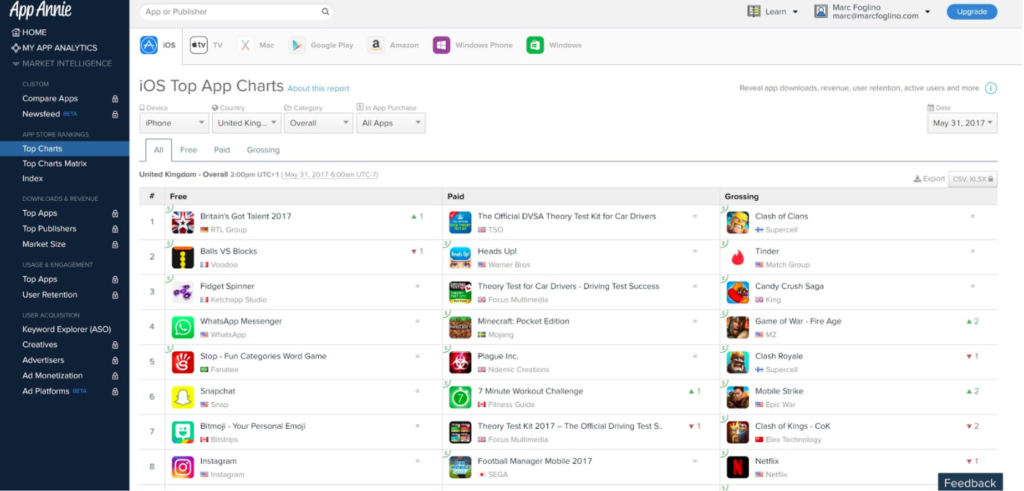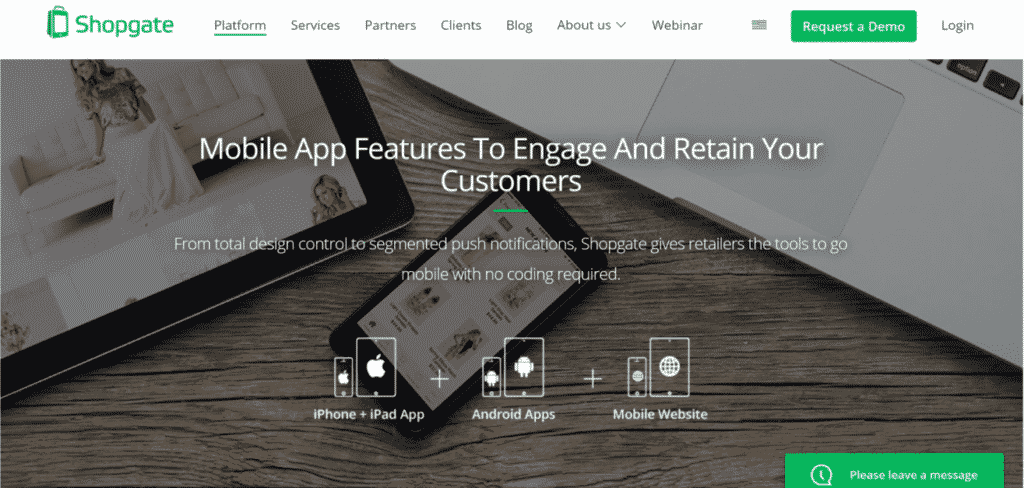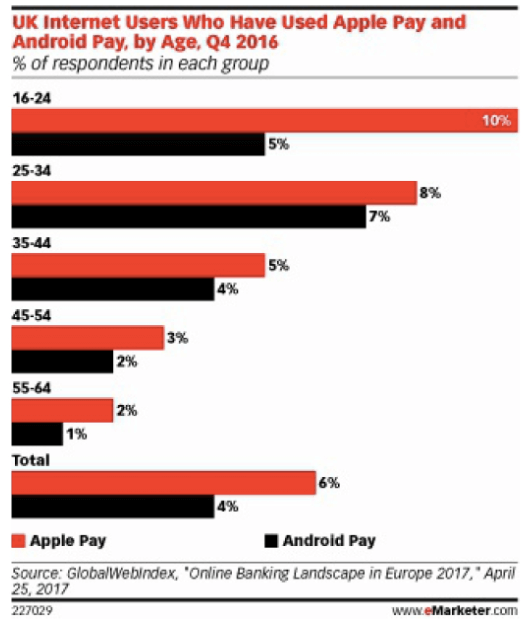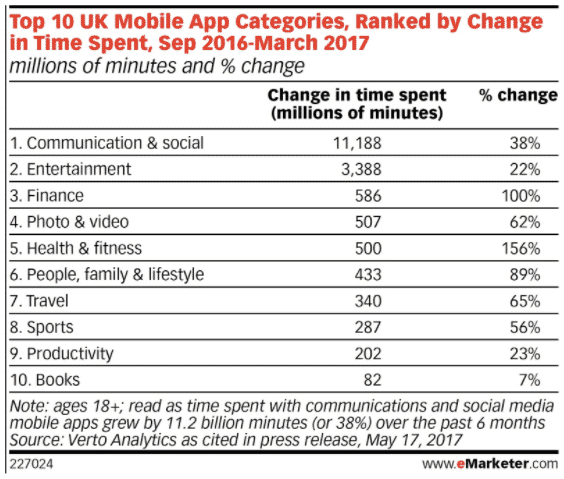In this episode of Product Lessons Learned, Marc Foglino (formerly of Amazon, Telefónica and Samsung) walks us through the process of launching a mobile payments product in the European Union. The process involves nine steps, covering topics applicable to bringing a product to market in a highly regulated industry. Here’s what Marc had to say.
While working at Amazon, I had the privilege of leading the go-to-market activities for the UK beta launch of the Amazon Pay mobile payments SDK. In this post I will be walking you through the high-level process of bringing Amazon Pay to market in the UK, as well as sharing some of the key lessons learned from our product launch.
Background on Mobile Payments
Before diving into my learnings, it might be valuable to clarify that we intended to launch an in-app payments product. The idea was to provide over 300 million Amazon account holders with the ability to pay with their existing Amazon account “online” and within an “app” on third party sites.
Planning and launching a mobile payments proposition is highly regulated and more complex than most product categories because you are handling sensitive information. A number of actors are involved in a payment transactions, including banks, acquirers and payment processors.
What are the key mobile payments use cases?
- In-store with an NFC-enabled phone (like Apple Pay): This is a crowded market with many players such as Apple, Google and Samsung. Just touch and pay.
- In-app payments: There is less hype around this use case, but it has growth potential as you can pay seamlessly from anywhere. No need for any payment terminals.
Nine Main Steps We Took to Launch Amazon Pay in the United Kingdom
Tweet This:
“Read the nine steps involved in launching Amazon Pay in the UK.”
1. Define Suitable Target Merchant Segment
This is the most important exercise to nail down which customers you are targeting before progressing further with your go-to-market plan.
When planning to enter the in-app payments market, we defined early on which merchant categories were the ideal target retailers for our product. We focused on merchant categories that aligned well with our product capabilities, otherwise we would have wasted our sales resources trying to sell a product that might not have been the ideal fit. Typically the majority of Amazon Pay customers are in the physical goods and services category.
Defining which merchants you are targeting is a good start, but to find and select suitable retailers, you need to know which merchant has an app or is working on developing an app. One of the best resources to find this information is App Annie.
App Annie is a business intelligence company focusing on mobile applications. The premium subscription gives you access to a lot of interesting data such as downloads and revenues by app. This gave us the opportunity to approach the best performing merchant app owners in the selected categories.

2. Launch in Phases to Validate Hypothesis
Launching in phases gives you the ability to test your assumptions and see whether your prediction was correct or not. Also if you don’t launch in phases, you put yourself at too much risk. If you launch publicly straight away, you might end up with a poor launch and no sales.
Because in-app payments was a new market for us, we only had a vague idea of how merchants would react. It was, therefore, important to test out our assumptions with merchants and gather some feedback.
We opted to launch in two main stages, starting with a beta program first and then moving to a public launch. To be more specific, we split the beta into two stages by releasing two different app versions with incremental features to better understand the market expectations.
The first version was a limited, invitation-only program available in the US. We extended the second version across key regions where Amazon Pay was operating such as the UK, Germany and Japan.
We also gathered a lot of valuable insights from our App Store team. A warm introduction to the right brands and teams saved us a lot of time and gave us the opportunity to get more feedback.
In the end, we felt that there was a significant interest in providing consumers with a one-tap payments experience to make it as easy and quick as possible to pay.
3. Incentivize Your Beta Launch Partners
The payments market is already crowded with many companies competing for market share and growth. Do you think you can recruit beta partners without any incentives? Why would they take part in your beta and invest time and resources to support you?
We found out that when launching a new feature such as in-app payments, it proves to be harder to secure launch partners if you are not providing them with an incentive to take part in the beta.
Integrating payment services requires more effort than just a couple of days development work. The easiest way to soothe the pain is to find a way to support your beta partner financially. Additionally, to make it more appetizing, it can be effective to put a co-marketing plan in place.
We ran a test that very quickly revealed that it’s not sufficient to just enable Amazon Pay on an App and wait for consumers to use it. The best way to drive consumer usage is to work with merchants on a co-marketing campaign to drive awareness and let everyone know that you support a new alternative payment option on your app. For example, we prepared a joint press release for the beta launch with Vueling Airlines. Vueling used the opportunity to announce that they are the 1st airline in Europe to use Amazon Pay.
4. Create a Sense of Exclusivity
You might be thinking that the more beta partners you have, the easier it will be to gather more data and get plenty of feedback. This approach might work well with consumer products, but it’s not as effective in the B2B payments market due to the integration effort. The reality is that it requires more effort to convince merchants. Beyond incentives which we touched on earlier, placing a limit on your a number of launch partners gives them a sense of exclusivity.
Looking at the science of persuasion, Dr. Robert Cialdini teaches us that “scarcity” is a powerful way to influence people. Even before reaching out to merchants, we all agreed on a set number of beta launch partners across all regions. As a guideline, if you look at five to ten beta launch partners, you should be able to collect enough data and feedback.
5. Get Solution Providers on Board
Your job is not done by simply securing your beta launch partners. What do you do if an e-commerce brand wants to work with you, but doesn’t have the resources to integrate your service? What if all development work is outsourced?
A significant amount of e-commerce merchants are outsourcing their in-app development work to external agencies or solution providers. That is the reason we also focused on collaborating with solution providers to integrate our service into their mobile development platform and to gather some additional product feedback.
The beauty of integrating into an existing mobile development platform is the broad access and distribution. That gives you immediate access to new additional e-commerce merchants and helps accelerate your growth once you launch publicly. For example, up and coming mobile platforms such as Shopgate give you access to over 4,300 live native apps globally.

6. Prepare a Demo to Get Them Excited
Even though your product beta is not ready yet, you still need to help merchants visualize the user experience.
Initially, we tried and tested if a pitch deck with screenshots would be sufficient, but very quickly we realized that we needed a demo to visualize the entire user experience from start to finish.
We recorded a video to show the journey end to end and included in the pitch decks all possible user scenarios to gather feedback on whether our approach was meeting the expectations of merchants. This was quite useful as we could easily share the video over email to give them more time to review the journey in detail and gather the feedback from all stakeholders.
7. Provide Access to Sandbox to Gain Commitment
Providing access to your sandbox environment and distributing integration guides might not seem that important, but in reality, these elements are key to gaining commitment.
Even though we defined all the relevant items such as incentives, demos, and timelines, it turned out to still be challenging to get a formal commitment until we were able to provide merchants with a working Sandbox environment with all the technical documentation.
Most merchants who were interested in working with us requested an Android and iOS integration guide to explore the integration effort in more detail. Only after having clarified these elements, we were able to find a suitable agreement.
8. Adopt Culture of Ownership
Why is your company culture an important factor in the success of your product launch? Success is a team effort. Skills and experience are certainly important, but not enough to succeed in our day and age.
Ownership is one of the most important leadership principles at Amazon and a great contributor to Amazon’s success. It’s a reminder to look at the long-term value instead of short-term results. More importantly, everyone is encouraged to take ownership in stepping in and helping others to drive projects forward. This also means adding value beyond their team.
We had the intention to expand Amazon Pay into France, Italy and Spain, but we were still missing sales resources for this beta launch because hiring took longer than expected. You can find the recent announcement on that here. One of my colleagues in Germany and I stepped in to drive the beta launch forward by defining missing processes, and hiring and securing launch partners until new hires were in place. This helped to keep the set deadlines.
9. Be Aware of Market Shifts
Even though you might be planning your next launch, it’s still important to keep an eye on the market to anticipate any changes. This is exactly the situation we faced. The market didn’t evolve as expected.
The market opportunity was smaller than expected mainly because of these two reasons:
A. Consumer Adoption
More recent stats reveal that the consumer adoption of mobile payments is lower than we initially expected. I am not taking into consideration P2P payments because sending money to friends is a different use case than paying a merchant/retailer.
From a top level perspective, the mobile payments consumer adoption was below industry expectations. According to a recent study from Globalwebindex only 6% of consumers used Apple Pay in Q4 2016.

Particularly in the UK the high adoption of contactless cards is impacting mobile payments. For small purchases up to £30, it’s quick and easy enough to use your contactless cards. Even though the majority of UK consumers use their phones to browse, they don’t yet trust their phones enough to make a payment. Recent stats show that consumer trust for mobile wallets has even gone down.
Moreover, consumers still trust their contactless cards over their mobile phones. Market feedback revealed that few consumers are using existing retail apps for their purchases. Most consumers are using chat, social, and entertainment apps.

Moreover, there are also a couple of restrictions that impacted the market size. Most in-app digital purchases would occur via the iOS or the Android app store, like in-game purchases or digital purchases such as Spotify music subscriptions. That meant that our main playing field was smaller than expected.
B. Retail focussed on In-store Mobile Payments
The majority of e-commerce retailers were concentrating on implementing Apple Pay and Android Pay to drive more in-store sales by enabling their contactless terminals to support NFC payments with your mobile phone.
It also appears that the vast majority of e-commerce retailers preferred to choose payment providers who can cover multiple channels at once such as in-store, web, and app.
Six Takeaways From Launching In-app Mobile Payments
Launching an in-app payments product is complex. The more you can soak up market feedback and be flexible in adapting your go-to-market approach, the greater your chances of success.
Here’s six key takeaways from my experience:
- A phased launch will protect you from any major failures.
- Be prepared to set aside a budget to incentivize your beta launch partners.
- Get solution providers on board early to scale your reach and penetration quickly, once you are ready to launch publicly.
- Don’t underestimate the importance of providing a sandbox environment early on with all the necessary technical documentation, and be open minded about reviewing your product feature prioritization.
- By fostering a culture of ownership within your team, you will be able to face challenging moments and come out victorious.
- In the heat of the moment, never forget to have an eye on where the market is evolving. The ideal scenario is to gather quantitative and qualitative feedback to shape your product according to the market demand.



